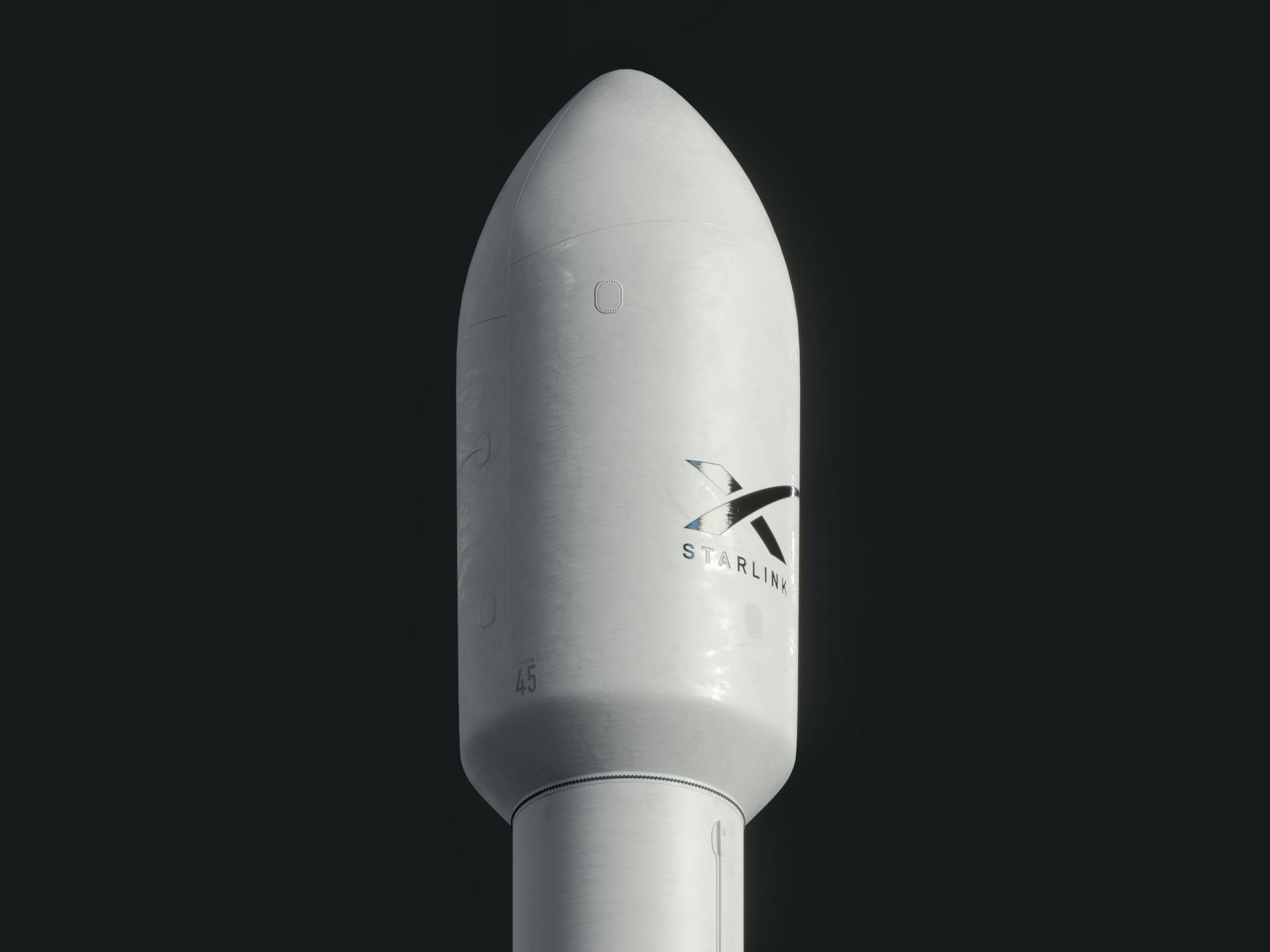
Tesla Inc (NASDAQ:TSLA) CEO Elon Musk-owned SpaceX on Tuesday successfully launched 49 more Starlink satellites to earth’s low orbit from NASA's Kennedy Space Center in Florida.
What Happened: SpaceX’s partially reusable Falcon 9 rocket that can transport payloads as well as humans into earth and beyond, launched the satellites at 9:02 p.m. ET.
Minutes after the liftoff, the Falcon 9 successfully landed back on the "A Shortfall of Gravitas" droneship.
The automated drone ship floats on the Atlantic Ocean and reduces costs further.
Musk confirmed the development while SpaceX shared the live broadcast on Twitter, along with updates on the liftoff and the deployment.
Another 49 Starlinks reach orbit
— Elon Musk (@elonmusk) January 19, 2022
See Also: Elon Musk's SpaceX Deploys 49 Starlink Satellites Using Falcon 9 Rocket
Why It Matters: This was SpaceX's second such Starlink mission this year and thirty-sixth overall. Just last week, SpaceX sent 49 Starlink satellites to space.
Musk had, during the previous launch, said that the satellites were equipped with lasers. The technique can reduce long-distance latency by as much as 50% due to higher speed of light in vacuum and shorter path than undersea fibre.
Starlink is a SpaceX venture designed to beam down high-speed internet, especially in remote areas from satellites in orbit to Earth.
Musk recently said the service would be expanded to 14 countries and that the company is awaiting licences in several other countries.
See Also: Elon Musk's SpaceX Launches More Satellites To Orbit Via Falcon 9 — 48 For Starlink, 2 For BlackSky
Starlink is known to have launched over 1,500 satellites. The company hopes to have 4,425 satellites in orbit by 2024. The Federal Communications Commission has approved 11,943 satellites to be launched by Starlink.







